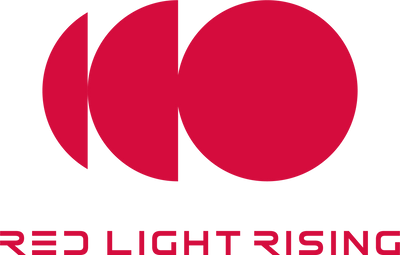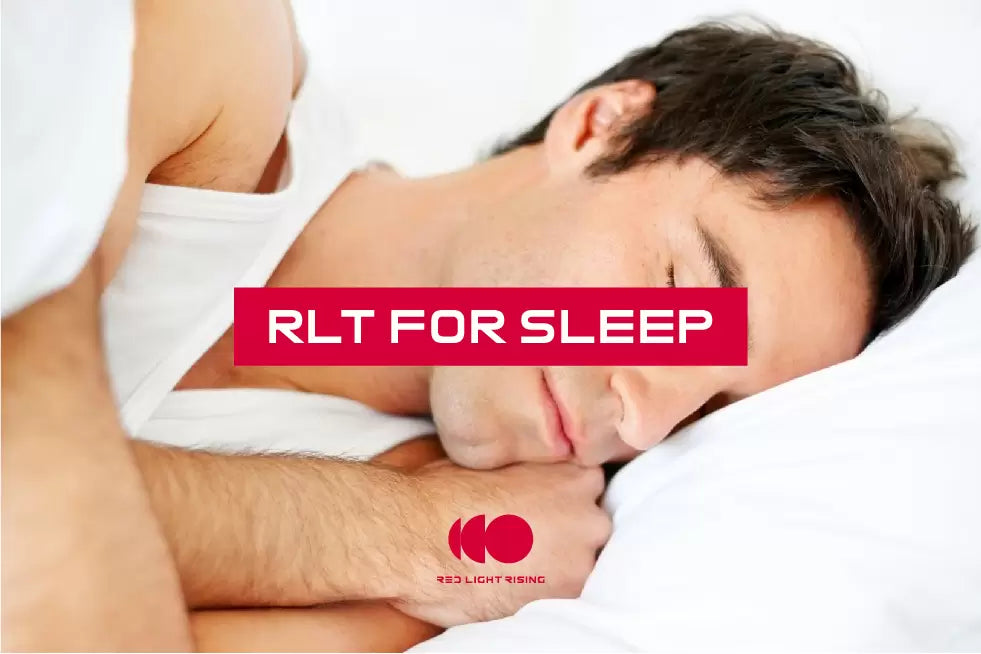Optimise your sleep with red light
In today’s blog we are going to cover the topic of Red Light Therapy for Sleep Optimisation.
- Sleep disorders
- Why is it important to have a good sleep?
- Sleep and light
- Red light therapy and sleep
- Conclusion
Sleep Disorders
Sleep disorders are a sum of conditions that prevent you from having adequate and restful sleep.
Lack of sleep is a worldwide problem with serious outcomes such as car accidents, learning difficulties and it is also the main cause for several health issues including shortening lifespans.
There are more than 90 different sleep disorders but the most common ones are:
- Insomnia: Insomnia is a sleep disorder in which you have trouble falling and/or staying asleep.The condition can be short-term (acute) or can last a long time (chronic). It may also come and go. Acute insomnia lasts from 1 night to a few weeks. Insomnia is chronic when it happens at least 3 nights a week for 3 months or more. (1)
- Sleep apnea. Sleep apnea is a serious sleep disorder that occurs when a person’s breathing is interrupted during sleep. People with untreated sleep apnea stop breathing repeatedly during their sleep, sometimes hundreds of times. This means the brain — and the rest of the body — may not get enough oxygen. (2)
- Narcolepsy. Narcolepsy is a neurological disorder that affects your ability to wake and sleep. People with narcolepsy have excessive, uncontrollable daytime sleepiness. They may also suddenly fall asleep at any time, during any type of activity.
All these disorders contribute to hormonal imbalance, development of hypertension, diabetes and other health problems. Circadian Rhythm (or body clock) disorders caused by lack of sleep are a serious harm to your health and can severely affect those around you.

Why is it important to have a good sleep?
Sleep is essential for good health and optimal physical activity. Sleep, just like hydration, proper nutrition and movement, are key to prevent health problems and very important for cellular balance. Your cells also need adequate sleep to function at their best capacity.
If you do not provide your body with adequate sleep, your body cannot use energy efficiently, inflammation increases and so does oxidative stress. Some negative symptoms of poor sleep are:
In the short term:
- Increases mood swings
- Makes us less alert
- Makes us less productive
- Increases the likelihood to make mistakes
In the long term:
- Weight gain and obesity
- Weakened immunity
- High blood pressure
- Heart disease
- Mental health disorders (such as depression, anxiety and bipolar disorders)
- Premature aging
- Poor cognitive performance
Sleep and light
Many people are not aware of the important role that light plays in our sleep cycles. Moreover, the different types of light you are exposed to also affect your sleep and circadian rhythm.
Our brains use the light around us to decide when it’s time to sleep or time to stay awake. Since the beginning of the species, the sun has been the reference point that our brains used to guide the body cycles. Nowadays, with constant light exposure and screens, our body’s have lost the natural signal of the sun creating dysregulation and imbalances.

Let’s talk about the main types of light.
- Blue light keeps you alert and disrupts sleep. Blue light is not bad itself, it is actually part of the natural spectrum of sunlight during the day. It is beneficial for boosting alertness, mood and attention. The problem is that you do not want to be exposed to blue light late in the afternoon and night. An excess of blue light is linked to headaches and makes it harder to fall asleep. If we are exposed to the blue light emitted by TVs, laptops, phones, etc. before going to bed, our brains get the signal that it is still time to be awake, even if we are physically tired. (3)
- Red light has a warm color temperature that, unlike blue like, has a soothing and calming effect on the body. Using red light in the evening and night, helps your brain transition into the natural sleep cycle as it mimics the colours of the sunset.
Our bodies need light everyday to function properly. Many people nowadays spend a lot of time indoors and surrounded by artificial light which totally disrupts the ability of the brain to regulate hormones and body cycles naturally. If you are exposed to too much bright light, your body has difficulty starting melatonin production, the key hormone for good sleep. It also stimulates cortisol, a hormone that signals stress in the body, and that contributes to decrease melatonin production too.

Red light and sleep
Red light therapy is explored by many as a way to complement their daily light exposure, potentially assisting in the regulation of sleep patterns. The red color and warm temperature of the light may provide a soothing ambiance, conducive to relaxation.
A 2012 study (4) observed the effects of red light therapy in a group of female athletes, exploring its potential impact on sleep quality. Over 14 days, the group experienced exposure to 30 minutes of red light therapy daily, and some indications of improved sleep quality were noted, compared to a control group.
Research in 2019 (5) looked into how red light therapy might influence sleep inertia, a state often described as morning grogginess. The study involved exposing participants to red light either during sleep or upon waking, and some improvements in alertness and cognitive performance were reported.
The study tracked the cognitive performance of 30 subjects that were exposed to red light either during 90-minute sleep periods or just upon waking up from them. The participants not only saw a reduction in sleep inertia but also performed better on a variety of tasks too.
Conclusion
Red light therapy is being considered by some as a natural method to enhance sleep routines, with an interest in its role in supporting the body's natural rhythms. While it's not a replacement for medical treatments, some users find it a beneficial part of their evening routine.
It is important to mention that once you have had your red light therapy session in the afternoon or evening, you do not have to be exposed to blue light again, because it would alert your brain once again. We recommend using the red light devices as ambient light, switching to red bulbs or candles, or, in the case not having the option to skip blue light, wearing a pair of blue light blockers that will keep your eyes and brain protected from the blue light and allowing melatonin production to happen.
Check out our PREMIUM devices here.
